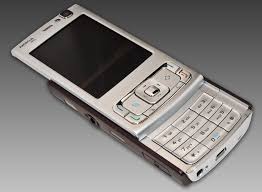
A faster digital network.

A 3G smart phone with all the features.
2G Edge had squeezed a lot out of an older network design but there was still a demand for data. The main goal for the 3G network was to provide mulit-media communications. This required faster data rates than 2G Edge could deliver. But, much of the technology had been tried out in the 2G environment. So an evolution to 3G with faster data rates was required.
Basic 3G technology is labelled as UMTS (Universal Mobile Telecommunications System). It operates at 1900 / 2100 MHz (in UK) with paired frequencies, one for upload and one for download. This is FDD (Frequency Division Duplex). The available frequencies are sub-divided into 5MHz channels that will give data rates of 2Mbps without enhancement. 3G uses WCDMA (Wide Code Division Multiple Access) technology
One issue with 3G is that it has to run in parallel with 2G; there was no plan to switch off 2G and replace it by 3G. So in addition to handover between different cells, the handset and network needed to cope with handover between 2G and 3G networks.
Once established further enhancements were made to the 3g network. HSPA technology was introduced to again provide greater data capacity and later HSPA+ technology. The latter was seen as the stepping stone to 4G networks.
© mobilephonetechnology.co.uk all rights reserved 2017-2026



